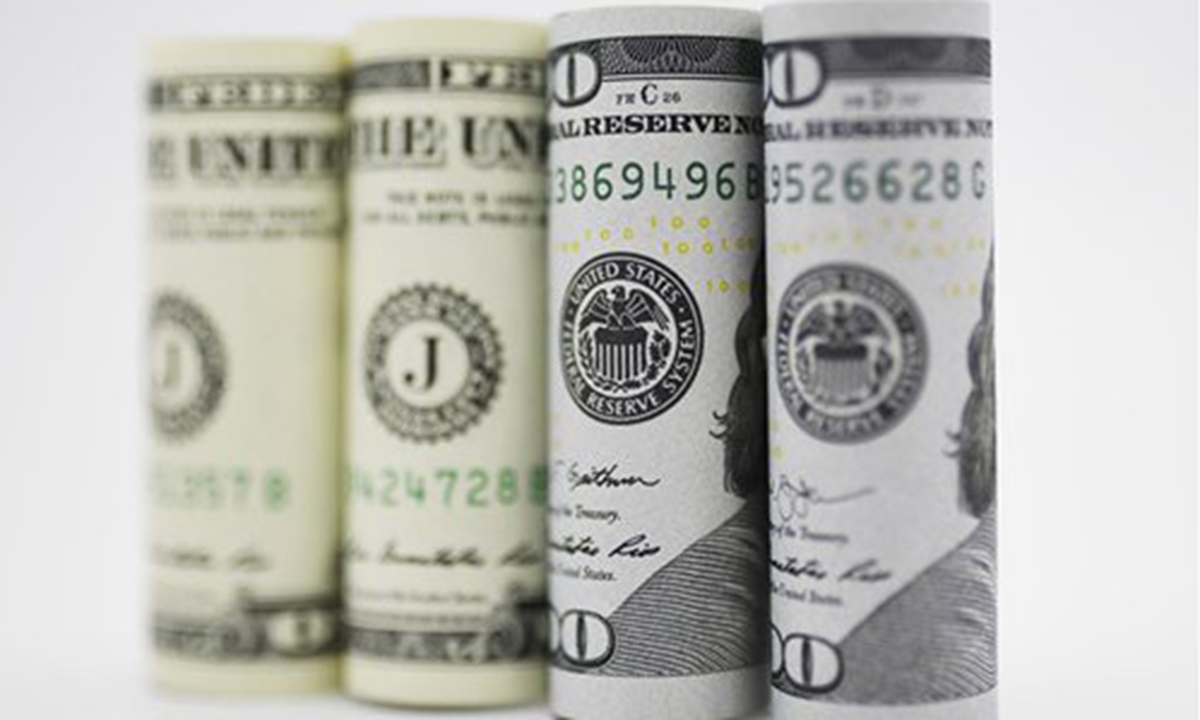COMMENTS / EXPERT ASSESSMENT
Will US drive global post-pandemic economic recovery?

Photo: Xinhua
US President Joe Biden has signed the $1.9 billion trillion COVID-19 relief bill into law, boosting US stocks that fell modestly for several days last week. The Wall Street Journal even optimistically claimed that the US is set to lead global economic recovery in 2021. But will the prediction come true?Without doubt, it was the emerging economies in Asia, especially China that have been driving global economic growth since 2008 US financial crisis. Even as COVID-19 pandemic swept the world last year, China was the only major economy in the world that realized a positive growth.
Chinese economy is expected to continue robust rebounding in 2021, but China only set "above 6 percent" GDP growth target for 2021. China and the US' different strategic approaches when it comes to economic growth have become the focus of global media outlets and financial market traders over the past week.
Based on economic theory, economies all have potential growth rate, which is the natural growth rate not supported by special fiscal and monetary policy stimulus. However, the US government is continuously taking expansionary fiscal policies to stimulate its economy, while the US Federal Reserve (Fed) prints out money to provide support, by buying the largest amount of US Treasury bonds.
Under the dual-stimulus measures, the US economy has realized a decent level of growth in the past years. In face of the pandemic challenge, the US raised its quantitative easing (QE) scale, pushing the world into a "helicopter money" era. It's not hard to understand the US tends to use its advantage in global capital market to maintain its technology advantage and military power. And the years of the QE have served to maintain Silicon Valley's technological advantage.
Yet the side-effects of US economic stimulus risk will keep accumulating. Excessive money-printing and fiscal help has made the US economic structure unbalanced. The "too big to fail" US financial giants have decoupled from the US real economy. If it was not for the World's Factory which is China that keeps improving productivity, the hollowing-out effect of the US economy had already driven its inflation surging. The so-called China-US economic decoupling is a false proposition.
US re-industrialization is unlikely to happen. When American blue-collar workers have $1.9 trillion of "free meal," why would they be willing to work hard?
The virtualization and monetization trend in the US have made the economy not likely to become the engine of global economy, instead, its flood-like stimulus may imperil global post-pandemic recovery. After all, the dollar is the dominant clearing and transaction currency in global transactions. The increasing issuance of dollar will increase global currency supply, which is not expected to benefit most developing economies, only causing the global gap between rich and poor widening.
Some are concerned that continuous US stimulus measures will have side-effects on China. Major economic forecasting institutes are sticking to positive prospect when it comes to China's economic outlook for 2021, and that foreign countries will increase investments in China this year.
As the US continues its' money-printing approach, the risks will inevitably spill over to China market, which will cause bubbles in Chinese stock and real estate markets. China has proactively trimmed its economic growth target, reducing financial market expectations.
Besides lower market expectation, deleveraging, China's 2.8 trillion yuan ($394 billion) local government special bonds will also help the country's economy and promote rural revitalization. Facing the impact from US' flood-like stimulus, China should aim for more liquidity to avoid domestic real estate and stock market and to support county economy, leading to more balanced and sustainable growth.
The author is chief economist of Yongxing Securities. bizopinion@globaltimes.com.cn
